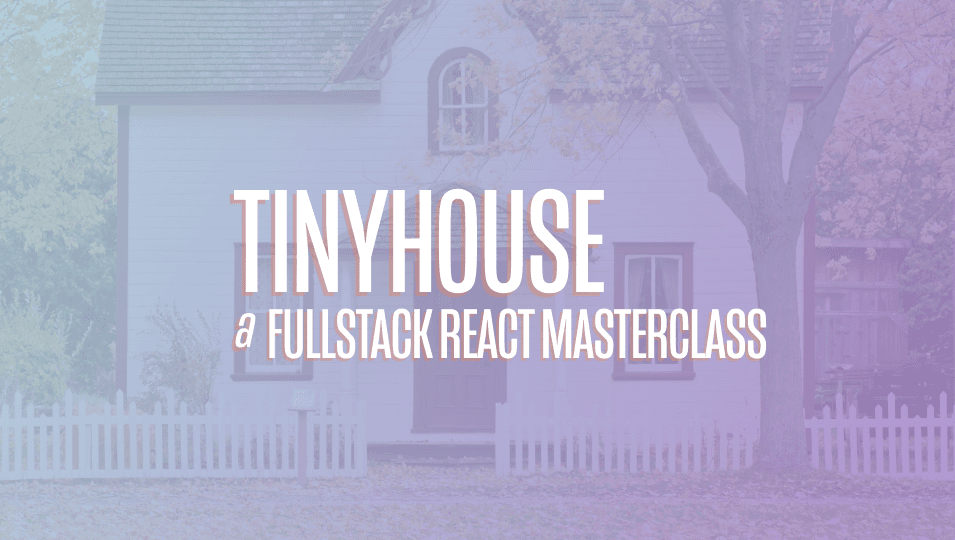Introduction to Module 4
This is an introduction to the work we'll be doing in Module 4.0.
This lesson preview is part of the TinyHouse: A Fullstack React Masterclass with TypeScript and GraphQL - Part Two course and can be unlocked immediately with a single-time purchase. Already have access to this course? Log in here.
Get unlimited access to TinyHouse: A Fullstack React Masterclass with TypeScript and GraphQL - Part Two with a single-time purchase.

[00:00 - 00:21] OAuth is an industry standard protocol that enables applications to gain limited access to user accounts stored on different platforms. If you've ever signed into an application with Facebook, Google, Twitter, that sign-in process was most likely made capable thanks to OAuth.
[00:22 - 00:50] That's right, in this module we'll explain what OAuth 2.0 is, create our OAuth credentials for our Google sign-in, update our GraphQL API to allow sign-in with a Google account, construct the UI of the login page in our client project , run the login and login mutation format client, and finally build the app header to show our user that they're in the login state.